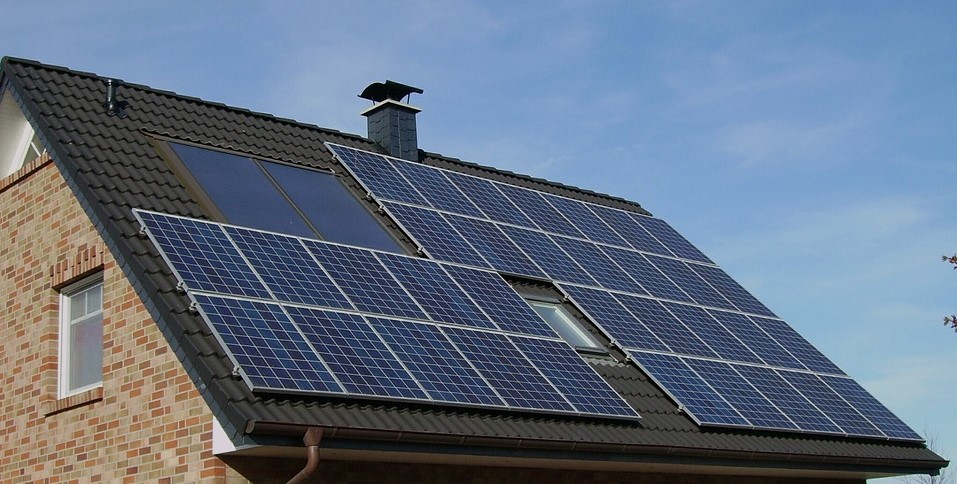It is common for people to be concerned about the environment and climate change. This has caused many environmentally conscious people to ask what they can do to reduce their home’s carbon footprint. Not wanting to be talkers that make zero effort to positively affect the climate, these individuals are actively looking for ways they can introduce positive change. The following are four effective ways to lower a home’s carbon footprint.
Give HVAC a Yearly Tune-up
A significant amount of a home’s carbon emissions comes from how the home-owner chooses to heat and cool their home. For the most efficient operation of a home’s HVAC system, it is advisable to have an HVAC tune-up once each year. If the HVAC system has been exhibiting problems that need to be serviced, this may require the talents of a suitable electric engineer to perform hvac repair.
Tankless Water heater
One of the best ways to save energy and reduce a home’s carbon footprint is to switch to a tankless water heater. This is an energy efficient option, because it does not heat water in the tank multiple times, but instead it only heats water on demand. Additionally, this leads to less money wasted in electric bills. Consequently, it is one way to improve the environment and save money at the same time for a home-owner.
Install a Smart Thermostat
How often do people head out of their homes and forget to adjust the temperature before they leave? When a home has a smart thermostat, the owner does not have to worry about this problem anymore. Improving the home’s carbon footprint can be done by remote through an app that allows the owner to adjust the temperature to a recommended energy saving value when they are not physically inside the home to do so.
Ditch the Dryer
While it is convenient to use a dryer after washing your clothes, it is not really as necessary as people might think. It has been popular to dry clothes on a line outside in the open air since before clothes dryers were invented. The good news is that air drying clothes on a line is both easy to do and free. Consequently, it cuts down on both energy consumption and will reduce an electric bill considerably.
When it comes to improving the carbon footprint of the average home, there are a lot of little things that can be done that add up to a significant level of reduction in carbon emissions. If everyone made one or two of these changes, a vast amount of carbon emissions would cease to be a problem to the global environment. As a result, many of these simple changes are becoming more cost effective, making it smart to implement them even if a person is not all that environmentally aware.

